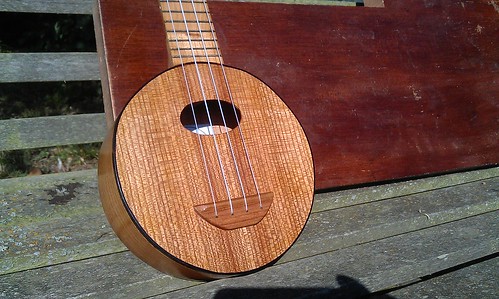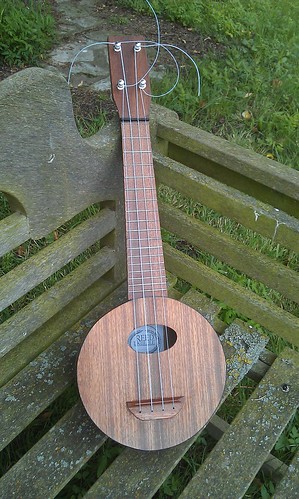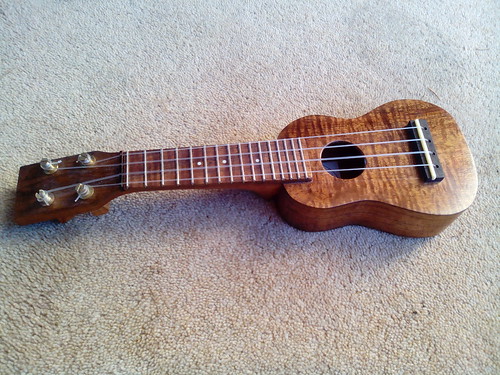Michelle_K
Established Member
Hi all
I am new to instrument making and having had a lot of practice and made quite a few mistakes I feel ready to try and make some serious instruments. My question is regarding nice wood sets and namely wood billets. Wood for guitars and ukuleles is very expensive to buy and I wondered if it would be cheaper to buy pieces of wood and cut it up oneself. Which brings me onto my next question, has anyone every cut such wood up by hand. Is it possible. If not are there any wood cutting services that anyone knows of that wood cut wood to such small dimensions.
In my little experience I have come to appreciate pretty woods. Flamed woods and most exotic woods. I have seen now and again off cuts that would be great for ukuleles for example the only trouble being again getting it cut.
Here are the dimensions I am talking about...
For a guitar
Sides are about 11.5cm-12.5cm x 86-89cm x 4-5mm
backs are about 21cm x 55cm x 5mm
And for ukuleles
rough dimensions BACK 380 x 130 x 3-5 mm SIDES 530 x 85 x 3-5mm
I have a Japanese saw that I recently got from lidl I wondered if there was a jig maybe anyone was aware of to resaw such pieces.
I only use hand tools so I know sawing dense woods may take hours but if it will save me money and be a way to access woods that are usually quite expensive in the way of buying offcuts rather then specific sets it would be worth it.
Thank you
Michelle
I am new to instrument making and having had a lot of practice and made quite a few mistakes I feel ready to try and make some serious instruments. My question is regarding nice wood sets and namely wood billets. Wood for guitars and ukuleles is very expensive to buy and I wondered if it would be cheaper to buy pieces of wood and cut it up oneself. Which brings me onto my next question, has anyone every cut such wood up by hand. Is it possible. If not are there any wood cutting services that anyone knows of that wood cut wood to such small dimensions.
In my little experience I have come to appreciate pretty woods. Flamed woods and most exotic woods. I have seen now and again off cuts that would be great for ukuleles for example the only trouble being again getting it cut.
Here are the dimensions I am talking about...
For a guitar
Sides are about 11.5cm-12.5cm x 86-89cm x 4-5mm
backs are about 21cm x 55cm x 5mm
And for ukuleles
rough dimensions BACK 380 x 130 x 3-5 mm SIDES 530 x 85 x 3-5mm
I have a Japanese saw that I recently got from lidl I wondered if there was a jig maybe anyone was aware of to resaw such pieces.
I only use hand tools so I know sawing dense woods may take hours but if it will save me money and be a way to access woods that are usually quite expensive in the way of buying offcuts rather then specific sets it would be worth it.
Thank you
Michelle












































